Table of Contents
Quality Service Guarantee Or Painting Free

Get a rental agreement with doorstep delivery

Find the BEST deals and get unbelievable DISCOUNTS directly from builders!

5-Star rated painters, premium paints and services at the BEST PRICES!
Loved what you read? Share it with others!
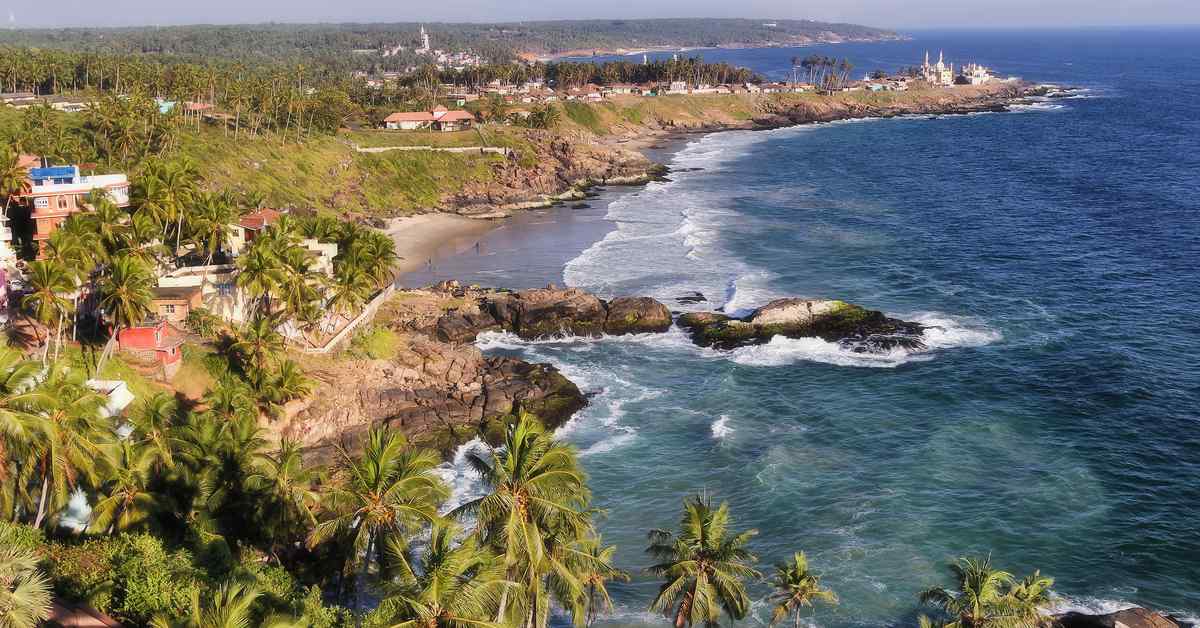

Submit the Form to Unlock the Best Deals Today
Check Your Eligibility Instantly

Experience The NoBrokerHood Difference!
Set up a demo for the entire community

Tenant Super Relax Plan
Enjoy Hassle-Free Renting
 Full RM + FRM support
Full RM + FRM support Instant alerts & premium filters
Instant alerts & premium filters Rent negotiation & relocation help
Rent negotiation & relocation helpSubmit the Form to Unlock the Best Deals Today
Coastal Regulation Zone And Its Importance For The Ecosystem
Table of Contents
The Ministry of Environment and Forests issued the first Coastal Regulation Zone notification in February 1991, under section 3 of India's Environment Protection Act, 1986, to regulate activities in the coastal area. What is a Coastal Regulation Zone? Coastal Regulation Zones Act (CRZ) includes creeks, bays, oceans, rivers, and backwaters that are impacted by tidal waves and forces and are up to 500 metres from the High Tide Line, as well as the land between the Low Tide Line and the High Tide Line. They have been in the news recently because a 4 high-rise luxury apartment complex in Kochi's Maradu municipality was demolished on January 11 and 12, following the Supreme Court of India's order. They had violated the CRZ guidelines. To know further about CR,Z read ahead.
Important Terms to Understand CRZ Zones
To clearly understand the coastal regulation zone, there are a few terms that the CRZ Act takes into consideration. They are explained below -
- High Tide Line - The line on the land where the highest tide of water touches during a spring tide.
- Low Tide Line - The line on the land where the lowest tide of water touches during a spring tide.
- Spring tides - The sun's and moon's positions with respect to the earth have a direct impact on tidal height. The height of the tide will be higher when the sun, the moon, and Earth are all in a straight line. These are known as spring tides and occur twice a month, once during the full moon and once during the new moon.
What Is the CRZ Zone?
Coastal Regulation Zone notification was first brought to attention in 1986 by the Government of India. The CRZ Zone stands for Coastal Regulation Zone. The meaning of CRZ is an area along India's coastline that the government has designated for special protection due to its ecological importance and vulnerability. CRZ rules aim to balance development needs with protecting India's sensitive coastal ecosystems.
Quality Service Guarantee Or Painting Free

Get a rental agreement with doorstep delivery

Find the BEST deals and get unbelievable DISCOUNTS directly from builders!

5-Star rated painters, premium paints and services at the BEST PRICES!
Classification of Coastal Regulation Zone
According to this notification, CRZ zone classification is done as mentioned below:
| CRZ Zone | Description |
| CRZ-I | Ecologically most sensitive and vulnerable areas (mangroves, coral reefs, sand dunes, etc.) |
| CRZ-II | Developed urban areas within the CRZ |
| CRZ-IIIA | Areas with population density > 2,161 people/km² (limited construction, reconstruction, fisheries) |
| CRZ-IIIB | Areas with population density < 2,161 people/km² (stricter regulations than CRZ-IIIA for similar activities) |
| CRZ-IV | Intertidal zones between Low Tide Line (LTL) and High Tide Line (HTL) (fishing, desalination, traditional salt manufacture) |
- CRZ-1 - These are ecologically sensitive places that are critical to the preservation of the coast's ecosystem. National parks/marine parks, sanctuaries, reserve forests, wildlife habitats, mangroves, and corals/coral reefs are examples of these. Region - Between the low and high tide lines.
- CRZ - 2 – According to the CRZ 2 rules this zone includes all of the places that have already developed up to the coast's shoreline. This zone prohibits the construction of unlicensed/unregulated constructions. CRZ building rules apply strictly in this area. Images of coastal regulation zones can vary depending on the specific CRZ category. For instance, CRZ-I zones would typically depict pristine natural areas like mangroves, coral reefs, or sand dunes.
- CRZ - 3 - This CRZ zone includes rural and urban areas that are reasonably untouched and do not fall into the previous two categories. CRZ 3 rule states that only agriculture-related activities and limited public facilities are permitted in this zone. It comprises areas that are not extensively constructed inside city limits or in legally designated metropolitan areas.
- CRZ - 4 - Except for those designated as CRZ-1, CRZ-2, or CRZ-3, these areas comprise coastline lengths in Lakshadweep, the Andaman and Nicobar Islands, and a few other smaller islands. Up to the territorial limits, these regions are located in the aquatic region. Activities such as fishing and other related services are permitted in CRZ - 4. The CRZ rules state that it is illegal to release solid debris in this zone.
CRZ Notification or Rules
- The CRZ Rules in India regulate industrial activity along with human activity near the coast for the conservation of ecosystems near the coast.
- Coastal Regulation Zone limits some types of operations within a specific distance from the coast, such as big constructions, the establishment of new businesses, the storage or dumping of hazardous materials, mining, reclamation, and bunding.
- The first CRZ Rules were drafted in the CRZ notification 1991, following the passage of the Environment Protection Act in 1986.
- After they were determined to be overly restrictive, the Centre issued amended Rules in CRZ notification 2011, which contained exclusions for the development of the Navi Mumbai airport and Department of Atomic Energy projects.
- The latest CRZ notification i.e., CRZ rule 2018-19 or CRZ notification 2018-19 was released to remove certain development limitations, streamline the clearance procedure, so as to boost tourism in coastal areas.CRZ rules for construction vary depending on the specific CRZ zone your land falls under.
- While the Union Environment Ministry creates the Coastal Regulation Zone Rules, state governments must ensure that they are implemented through their Coastal Zone Management Authorities.
Importance Of Regulation of Coastal Regulation Zone
- Environmentally sensitive areas such as mangroves and coral reefs, which act as a barrier against tsunamis and cyclones, should be protected.
- To strike a balance between development and coastal environmental protection/conservation.
- Improving the lives of coastal communities, such as fishermen and tribals.
- Climate change and high-intensity cyclones can be mitigated using resilient measures.The relevance of CRZ norms lies in their ability to safeguard India's fragile coastal ecosystems while allowing for sustainable development in these areas.
Shailesh Nayak Committee Report on Coastal Regulation Zone
- The Shailesh Nayak committee was established in June 2014, and its report was released in January 2015.
- The committee suggested that the provisions of the CRZ 2011 notification be relaxed. The recommendations' main goal was to enhance tourism, real estate and port construction.
- The committee recommended that the Central Government's regulatory authority in coastal areas be curtailed. Except for projects that involve environmental permits, all other activities should be governed by state and municipal planning authorities.
- The coastal states and union territories made suggestions based on the Shailesh Nayak committee's recommendations, and the CRZ 2018 notifications were announced.
The Coastal Regulation Zone has been making rounds in the news lately. The people whose houses were demolished were paid compensation but following CRZ rules would have resulted in no loss, for both humans and the environment. Do you wish to own a home near the coastline? Then check out NoBroker to find the right home that follows all government regulations.
Frequently Asked Questions
A: The full form of CRZ is Coastal Regulation Zone.
A: The Coastal Regulation Zone covers around 7,500 km of India’s coastline.
A: There are four CRZ classifications in India — CRZ-I, CRZ-II, CRZ-III, and CRZ-IV.
A: The latest CRZ amendments were released in 2018–2019.
A: The central government oversees projects needing environmental permits, while other activities are handled by state and municipal planning authorities.
Recommended Reading
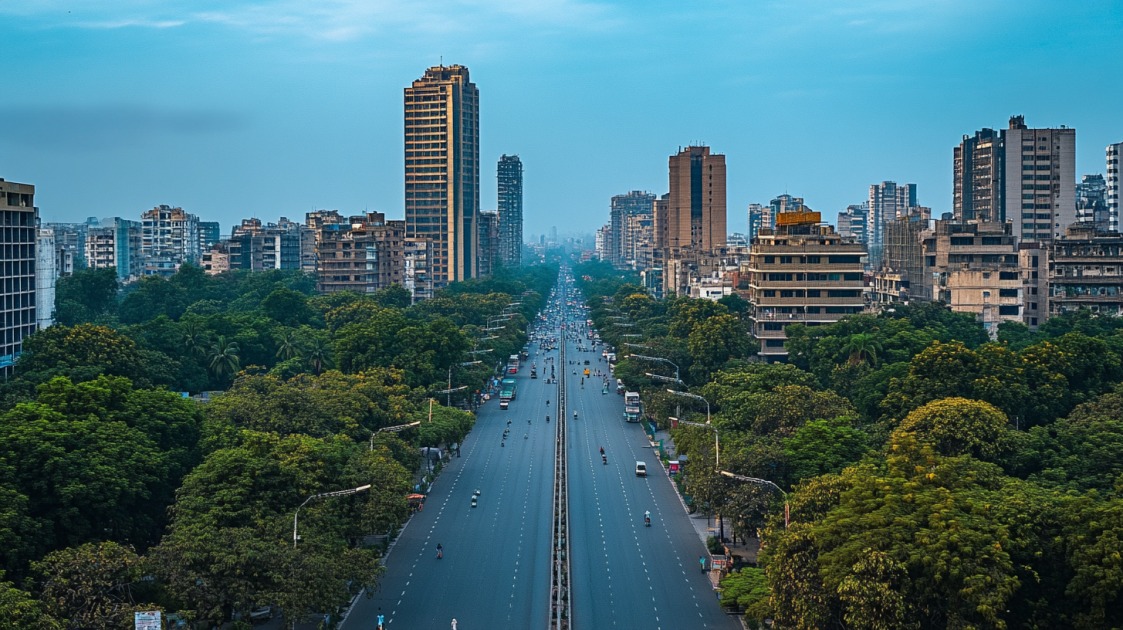
Top Cleanest Cities in India: Swachh Survekshan Top Ranked List
July 25, 2025
214946+ views
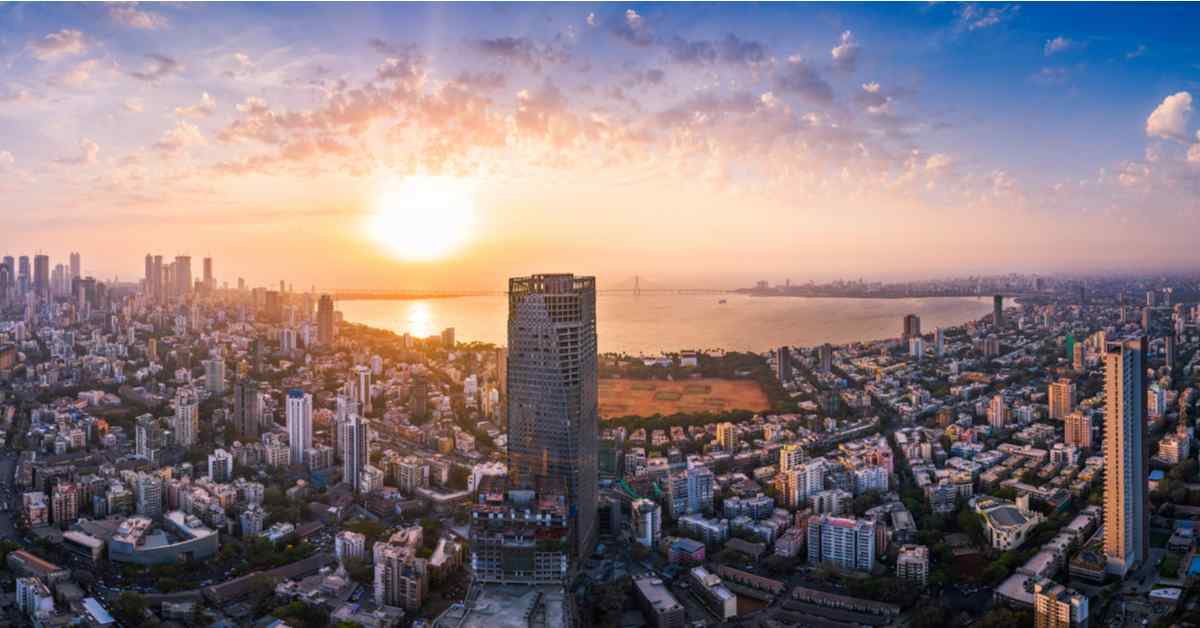
Property Rates in Mumbai: Price per Sq. Ft. and Rental Trends in Top Areas 2025
February 12, 2025
86127+ views
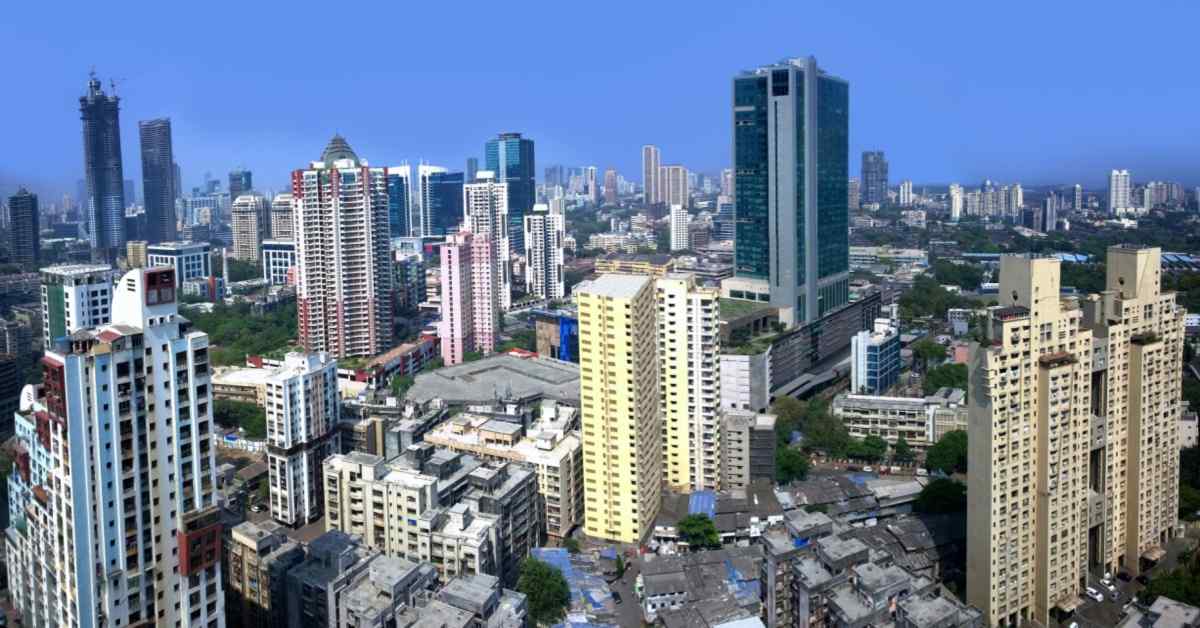
10 Best Real Estate Companies in India for Investment & Property Development (2025)
May 2, 2025
69751+ views
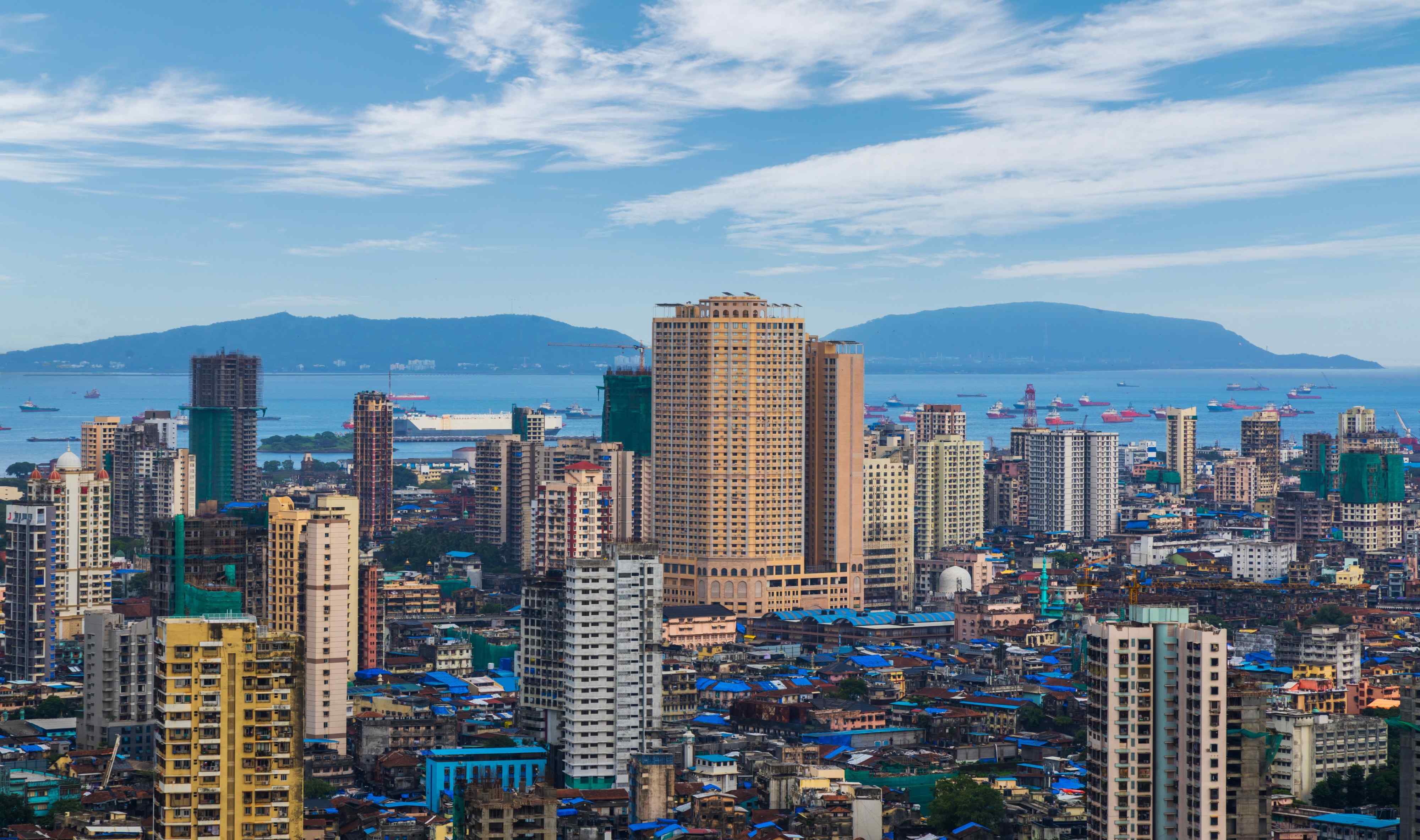
Top 15 Largest States in India by Area, Population, Real Estate Insights and GDP Data in 2025
May 7, 2025
65753+ views

Hyderabad Property Rates: Price per Square Foot and Rental Trends in Top Areas
January 31, 2025
62997+ views
Loved what you read? Share it with others!
Most Viewed Articles
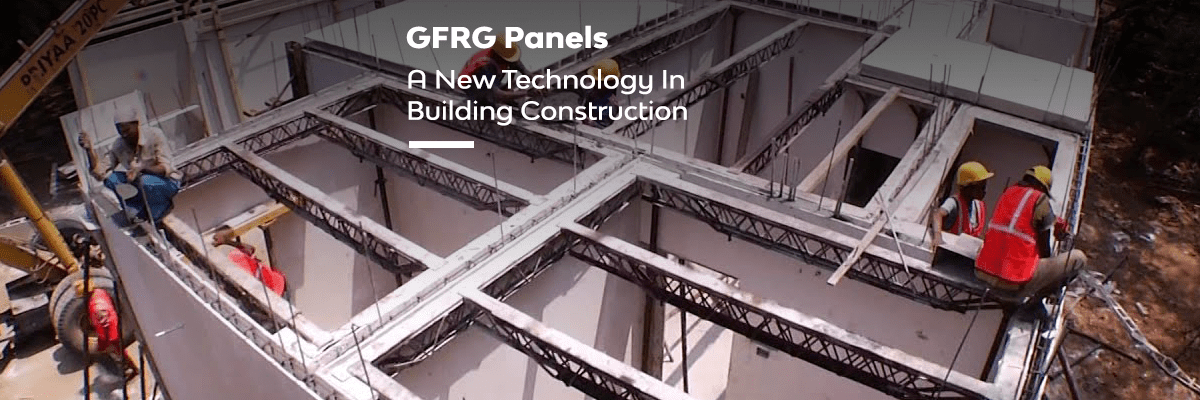
GFRG Panels - A New Technology in Building Construction
January 31, 2025
261920+ views

Top Cleanest Cities in India: Swachh Survekshan Top Ranked List
July 25, 2025
214946+ views

2025 Auspicious Dates and Good Nakshatras for Land and Property Registration
May 21, 2025
187999+ views

How Mivan Construction Technology Is Transforming the Art of Building!
January 31, 2025
167461+ views

CIDCO Lottery 2025: Apply for Affordable Homes in Navi Mumbai
April 30, 2025
117475+ views
Recent blogs in
4BHK House Construction Cost: Material & Labour Cost and Check Loan Eligibility in India
December 11, 2025 by Kruthi
Top 10 Residential Projects In Noida: Prices, Types, Amenities and Upcoming Projects in 2025-26
December 11, 2025 by Krishnanunni H M
Top 10 Residential Projects in Pune: Prices, Locations And Upcoming Projects for 2025-26
December 7, 2025 by Kiran K S







Join the conversation!